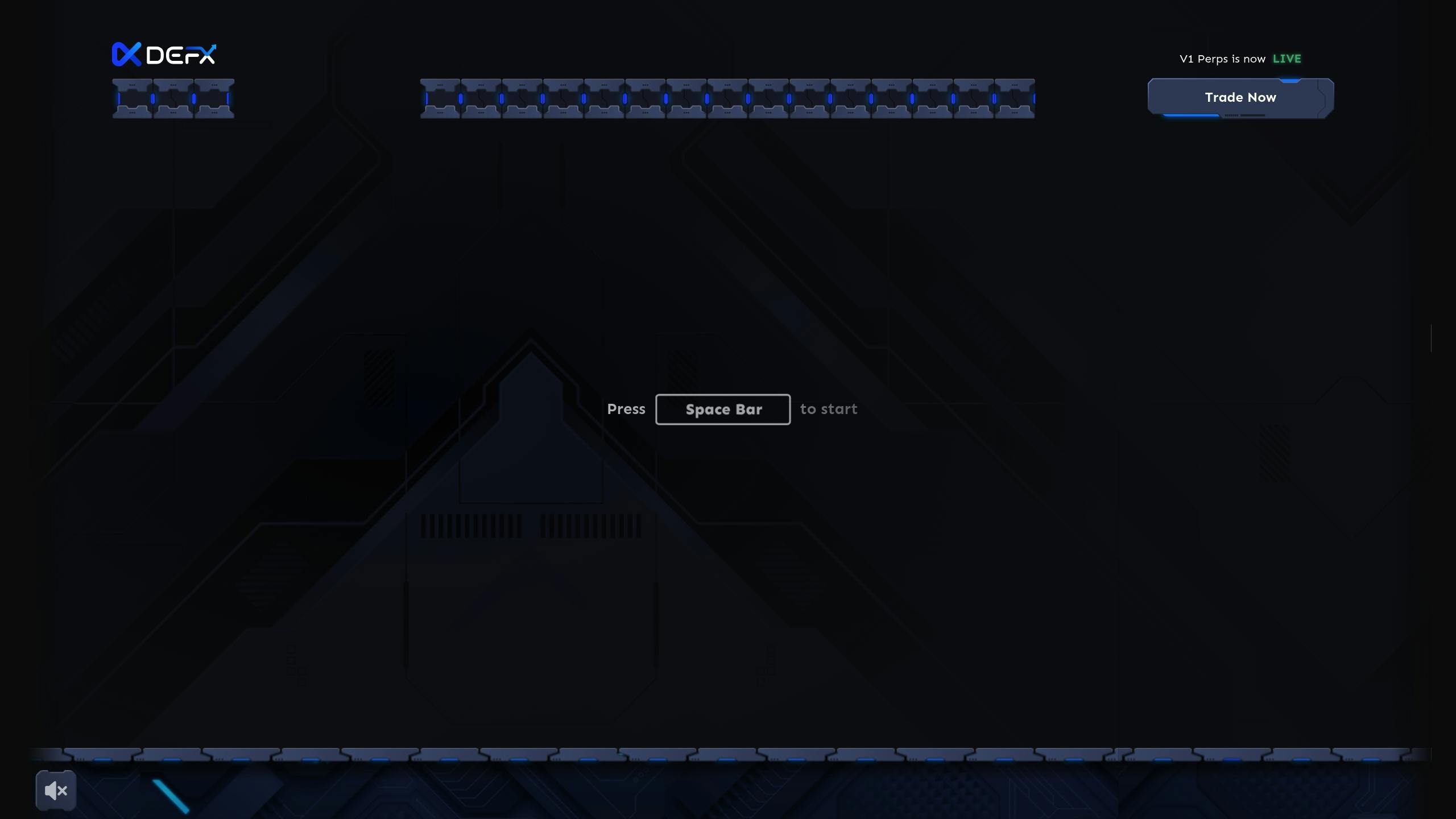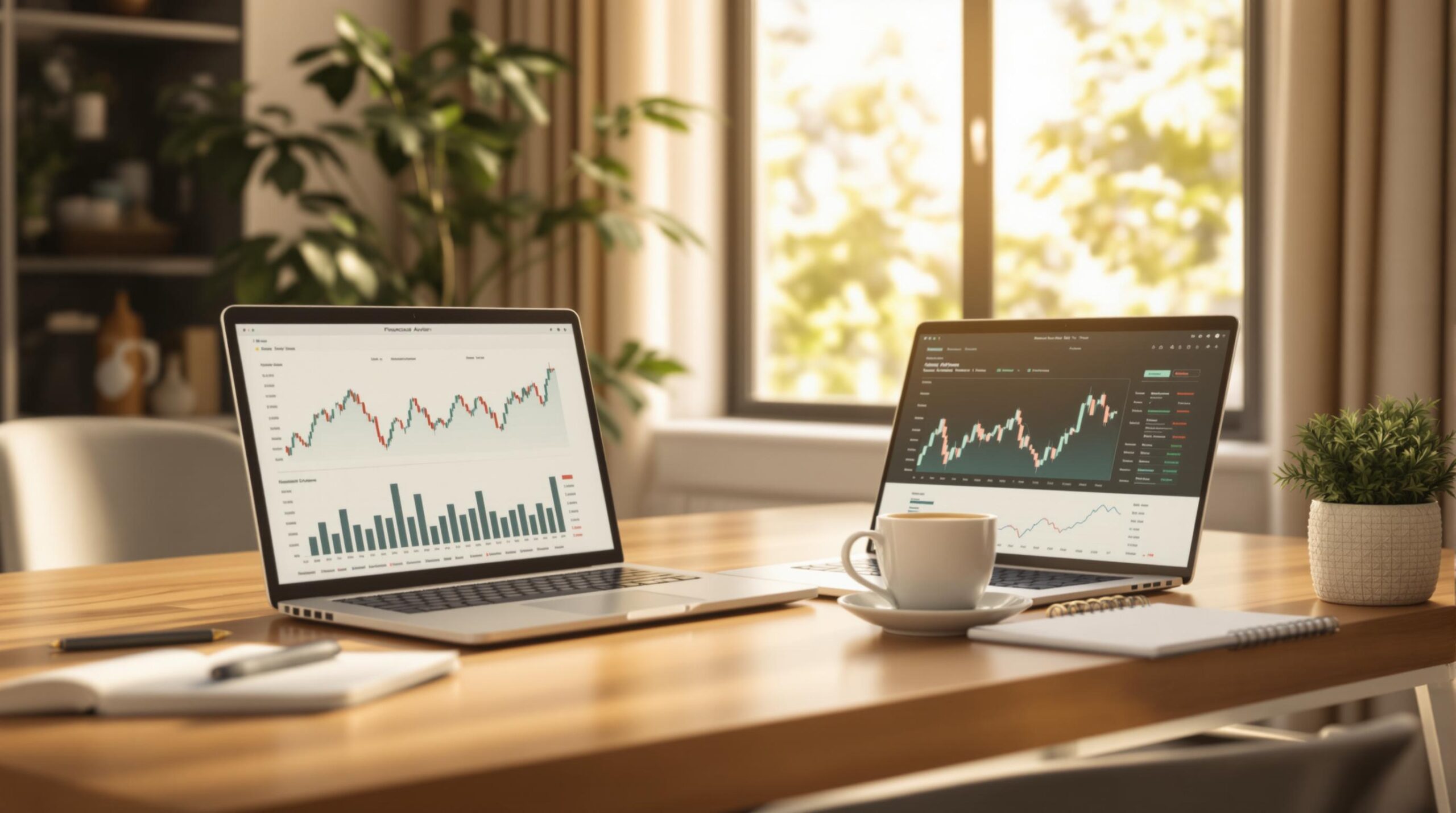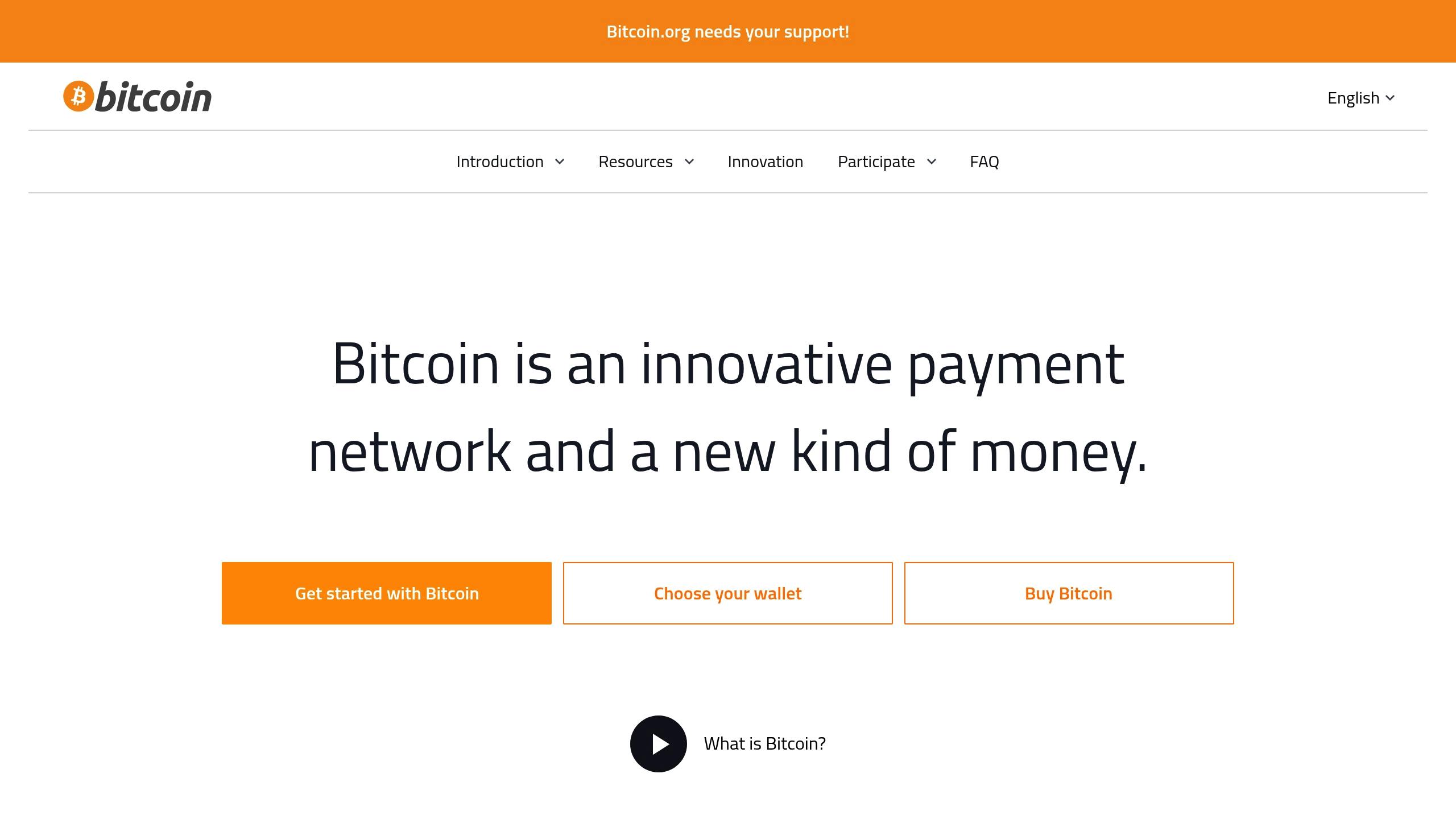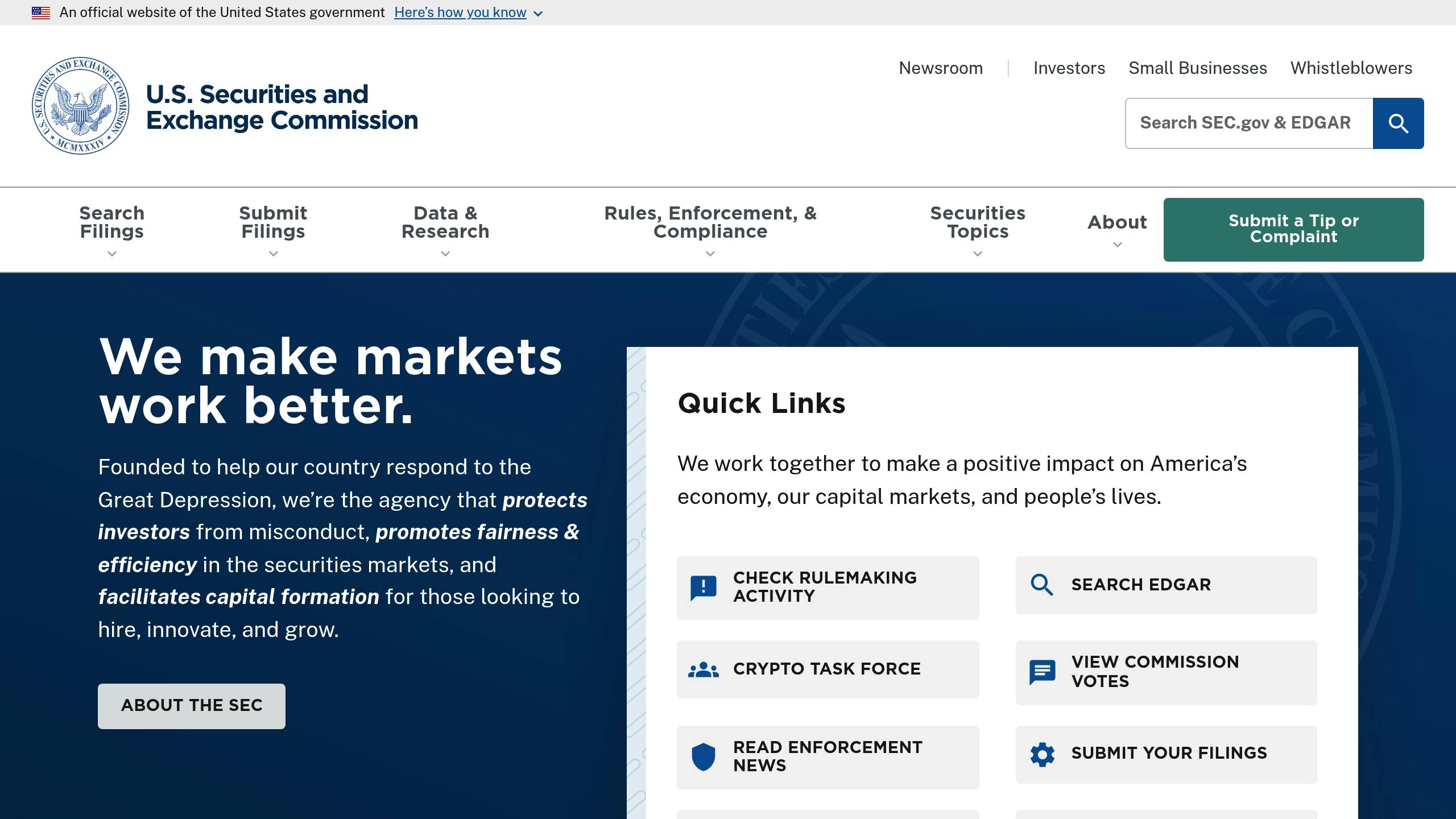Governance tokens and LP tokens are two key components of DeFi ecosystems, each serving unique purposes:
- Governance Tokens: Allow holders to vote on protocol decisions like fee structures and upgrades. Examples include UNI (Uniswap) and MKR (MakerDAO). Value comes from control over the protocol and potential revenue-sharing.
- LP Tokens: Represent ownership in liquidity pools and reward providers with trading fees. Examples include Uniswap Pool Tokens and Curve LP Tokens. Value is tied to pool performance and fee earnings.
Quick Comparison:
| Feature | Governance Tokens | LP Tokens |
|---|---|---|
| Core Function | Protocol governance and voting | Represents liquidity pool shares |
| Value Source | Voting rights, protocol control | Trading fees, pool performance |
| Risk Profile | Price volatility, governance risks | Impermanent loss, smart contract risks |
| Earning Potential | Token value growth, fee sharing | Trading fees, yield farming |
| Transferability | Freely tradeable | Redeemable for pool assets |
Both token types are vital for DeFi, offering distinct benefits and risks. Platforms like Uniswap and Curve use them together to balance governance and liquidity incentives.
What is DeFi Governance?
Governance Tokens Explained
Governance tokens give holders the ability to directly influence decisions related to protocol updates, fee adjustments, and overall strategy. Here’s a breakdown of their functions, notable examples, and key advantages.
Basic Functions and Uses
Governance tokens rely on smart contracts to allow holders to propose and vote on changes to protocols. They typically operate under a "one token, one vote" system, where proposals need at least 51% approval from participating tokens to pass .
Key functions include:
| Function | Description | Impact |
|---|---|---|
| Proposal Creation | Token holders can suggest protocol changes | Enables decentralized decision-making |
| Voting Rights | Voting power tied to the number of tokens held | Reflects stakeholder influence |
| Protocol Parameters | Adjust fees, incentives, and upgrades | Keeps the protocol adaptable |
| Risk Management | Modify safety measures for the protocol | Strengthens system stability |
Major Governance Tokens
Governance tokens have proven their value during critical moments. For instance, during the March 2020 market crash, MakerDAO’s MKR holders quickly approved new collateral types to stabilize the system . Similarly, Compound‘s COMP token is used to vote on interest rates and asset listings, while Aave‘s AAVE token is central to managing risk strategies .
Key Advantages
Governance tokens bring several benefits to the table:
-
Decentralized Decision-Making
Every vote is recorded on-chain, ensuring transparency and minimizing the risk of manipulation . -
Economic Incentives
Token holders often share in network fees, aligning their financial interests with the protocol’s success . -
Community Participation
Communities can actively shape proposals. For example, Lido DAO rejected a token sale proposal, leading to a revised plan with a token lock-up .
"Unlike other tradeable crypto assets, governance tokens confer something akin to rights to holders, affording them votes, veto power, and a powerful financial incentive to work for the good of the project." – Siddhant Kejriwal
LP Tokens Explained
LP tokens serve as digital proof of ownership for liquidity providers, playing a key role in decentralized liquidity management and non-custodial trading. While governance tokens focus on decision-making, LP tokens are all about managing liquidity effectively.
How LP Tokens Work
When users deposit asset pairs into a liquidity pool, they receive LP tokens that represent their share of the pool. The value of these tokens is determined by dividing the total pool value by the number of circulating tokens. Since LP tokens are ERC-20 tokens, they can be used to withdraw deposited assets and earned fees. They’re also transferable, tradeable, and can be utilized in other DeFi applications. This approach is widely used across decentralized exchanges (DEXs).
Common LP Token Systems
Different DEX platforms have tailored LP token systems with specific features:
| Platform | Token Name | Key Features |
|---|---|---|
| Balancer | BPT (Balancer Pool Tokens) | Multi-token pools, adjustable weights |
| Curve | Curve LP Tokens | Designed for stablecoin pair trading |
| Uniswap | Pool Tokens | Standard pair trading, concentrated liquidity |
For instance, Curve’s DAI liquidity pool allows users to deposit DAI, receive LP tokens, and even stake those tokens to earn CRV rewards – all while keeping their pool position intact .
Main Uses and Benefits
-
Primary Functions
- Full control over deposited assets
- Claim trading fees earned through the pool
- Revenue Potential LP token holders earn a share of trading fees (usually between 0.1% and 1% per swap), creating a passive income opportunity while contributing to the DEX ecosystem .
-
Additional Applications
- Yield farming programs
- Access to exclusive IDO events
- Integration across multiple DeFi platforms
- Possible governance rights
When dealing with LP tokens, smart contract security is critical. Users should choose audited platforms and consider diversifying their investments to balance risks and returns.
sbb-itb-dd9e24a
Direct Comparison: Governance vs LP Tokens
In DeFi, the structure of tokens plays a key role in shaping governance strategies and managing liquidity.
| Feature | Governance Tokens | LP Tokens |
|---|---|---|
| Core Function | Protocol governance and voting | Represents a share in a liquidity pool |
| Value Source | Control and influence over the protocol | Trading fees and pool performance |
| Risk Profile | Price volatility, risk of plutocracy | Impermanent loss, liquidity risks, smart contract issues |
| Earning Potential | Revenue from the protocol and token value growth | Trading fees and yield farming rewards |
| Transferability | Freely tradeable | Can be redeemed for pool assets |
| Utility Scope | Decisions affecting the entire protocol | Operations tied to specific pools |
While both token types serve distinct purposes, they come with unique risks and earning opportunities.
Governance Token Trade-offs
Governance tokens offer holders a say in key protocol decisions. For instance, they can influence parameters like trade fees or asset listings. Research from the St. Louis Fed highlights a potential downside: concentrated ownership can lead to plutocracy risks .
Key benefits:
- Direct control over protocol decisions
- Eligibility for future token distributions
- Participation in protocol upgrades and strategic planning
Challenges to consider:
- Risk of power concentration due to token hoarding
- Sudden market impacts from vesting schedules
- Regulatory uncertainty about token classification
These factors highlight the complexities of governance tokens, setting the stage to discuss LP tokens.
LP Token Trade-offs
LP tokens provide a direct link to liquidity pools and their performance. For instance, depositing DAI into the Curve protocol earns users LP tokens, which can then be staked to gain CRV governance tokens . This setup allows users to benefit from trading fees while gaining governance rights.
Benefits include:
- Value tied directly to pool performance
- Immediate access to trading fee revenue
- Flexibility for yield farming strategies
However, there are risks:
- Losses from price fluctuations between pooled assets (impermanent loss)
- Potential issues with liquidity availability
- Vulnerabilities in smart contract execution
This combination of benefits and risks makes LP tokens a key tool for navigating DeFi’s operational and strategic opportunities.
Using Both Token Types Together
Combining governance tokens and LP tokens creates a powerful way to boost participation and rewards in decentralized exchange (DEX) ecosystems. This approach balances user engagement with protocol stability.
Platforms Using Both Tokens
Curve Finance is a standout example of how dual-token systems work. It uses the CRV governance token alongside LP tokens. Liquidity providers earn LP tokens, which can be staked for CRV rewards. Meanwhile, CRV holders can lock their tokens to receive veCRV, with a four-year lock granting a 1:1 veCRV ratio .
"Hidden Hand is where protocols meet active token holders. Our unique gauge vote marketplace is designed to facilitate and incentivize community engagement." – Hidden Hand
Several major DeFi platforms have successfully implemented this dual-token strategy:
| Platform | Governance Token | LP Token Benefits | Combined Strategy |
|---|---|---|---|
| Curve Finance | CRV | Trading fees | Lock CRV for veCRV to boost rewards |
| Kyber Network | KNC | Revenue share from pools | Vote on fee allocation for 65–70% network fees (~5–8% APY) |
| Uniswap | UNI | Trading fees | Retroactively distributes UNI rewards to liquidity providers |
This model not only simplifies liquidity provision but also opens the door to more advanced yield farming strategies.
Yield Farming with Both Tokens
Yield farming takes these dual-token systems to the next level by maximizing returns. For instance, Hidden Hand’s marketplace has driven over $35.3 million in cumulative bribe volume across 19 partner markets. Impressively, every dollar spent on bribes generates more than a dollar in token emissions . Curve DAO also showcases the success of this model, with 25% of its circulating supply locked for an average of 3.66 years .
Here are some key strategies for optimizing returns:
- Lock-up Optimization: Locking governance tokens for longer periods, as seen on Curve, results in higher rewards while preserving voting power.
- Governance Participation: Actively taking part in governance decisions through vote incentives can lead to extra rewards while strengthening the protocol.
- Pool Selection: Choosing high-reward pools for LP tokens while retaining governance rights ensures better overall returns.
These strategies demonstrate how a dual-token approach can enhance both user engagement and profitability in DeFi ecosystems.
Conclusion
Main Points Review
Governance tokens and LP tokens serve distinct roles in decentralized finance (DeFi). Governance tokens provide control over protocol decisions and access to fee-sharing, while LP tokens represent shares in liquidity pools, offering returns from trading fees.
| Aspect | Governance Tokens | LP Tokens |
|---|---|---|
| Primary Value | Protocol voting rights | Trading fee share |
| Risk Level | Higher (protocol decisions) | Moderate (impermanent loss) |
| Management | Active participation | Passive monitoring |
| Reward Source | Network fees, voting incentives | Pool trading activity |
These differences shape the way tokens are used and continue to influence new developments in DeFi.
DeFi Token Trends
DeFi is evolving to integrate tokens in more efficient ways. For instance, PowerIndex combines eight governance tokens and allocates a 12.5% share of CVP tokens to PIPT holders. This approach supports meta-governance and strategic voting.
"If an index is not using pooled assets for creating value for index users then it is completely inefficient." – PowerPool
Platforms that incentivize voting and concepts like Optimistic Dual Governance highlight the growing complexity of token systems. Jordi, Core OSx Developer, explains:
"OSx is the Unix of Ethereum – a future-proof DAO framework to build the DAOs that we can’t even imagine today. Dual governance will play a key role in communities that need to iterate fast while keeping valuable assets and rights in the hands of the token holders."
Staying informed about these trends is crucial for navigating DeFi’s increasingly interconnected token ecosystems.
















